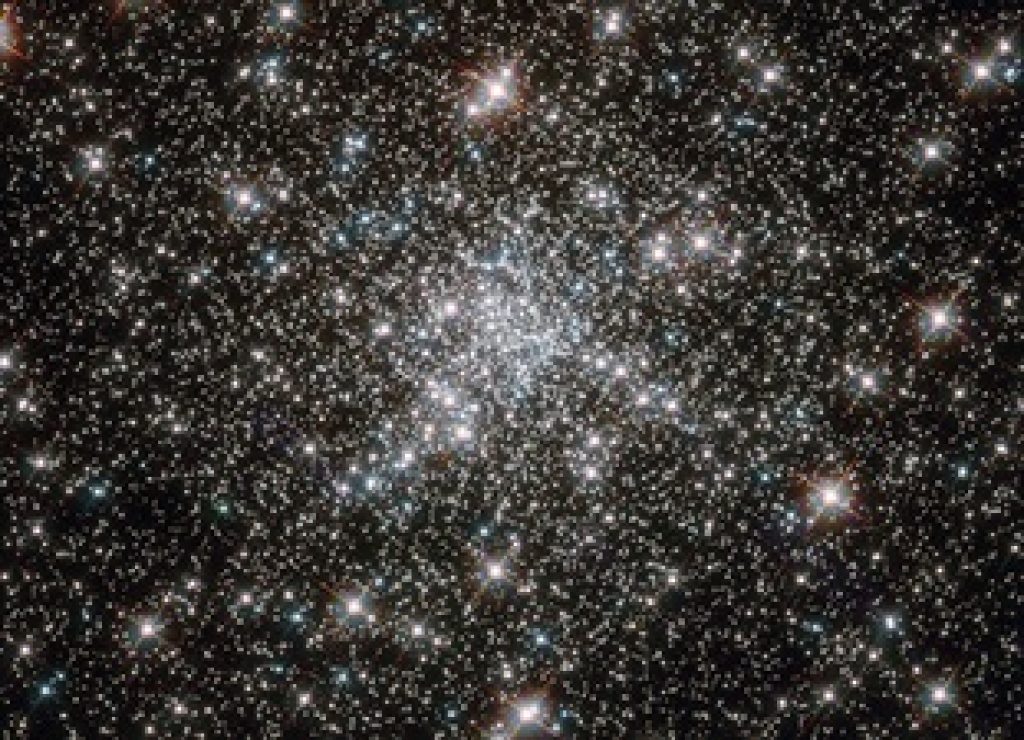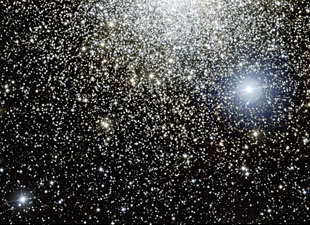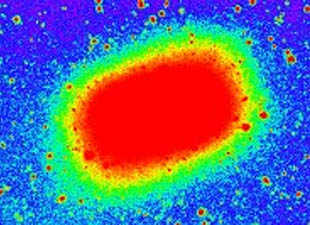
Asian Scientist (Aug. 2, 2013) – Star clusters with properties not seen before have been discovered by an international team of astrophysicists.
Using data from the Hubble Space Telescope and the W M Keck Observatory’s 10 meter telescope in Hawaii, the researchers found several star clusters with sizes and masses that were previously not known to exist.
“Old, compact star clusters, such as globular clusters, are well known to amateur astronomers,” said Professor Duncan Forbes.
“Although globular star clusters were first discovered in 1665, it has taken more than 340 years to fully appreciate all the different types of star clusters that are made in the Universe.”
In their study, to be published in the Monthly Notices of the Royal Astronomical Society, the researchers confirmed the existence of a number of different star clusters, overturning the idea that star clusters only come in certain types.
“We now know that star clusters have a rather continuous range of size and mass without any gaps in their properties,” Professor Forbes said.
“Our discovery was made possible by using the Hubble Space Telescope to measure the sizes of the star clusters and long exposures on the DEIMOS instrument fitted to the Keck II telescope to obtain distances and confirm their status.” said Professor Jean Brodie, a team member.
They also measured the color of the star clusters, finding the lower mass ones to be red and the higher mass ones to be blue in color, suggesting differences in their chemical composition.
“No single model for the formation of these star clusters can currently reproduce the diversity of structural properties we have observed for old star clusters,” said Professor Forbes.
“Our observations present a challenge to researchers aiming to reproduce star clusters in computer simulations.”
——
Source: Swinburne University of Technology; Photo: NASA Goddard Photo and Video/Flickr.
Disclaimer: This article does not necessarily reflect the views of AsianScientist or its staff.












